Offshore wind will play a significant role in Ireland’s sustainability story and it’s an exciting time to be looking at energy in Ireland.
With a total maritime area more than ten times the size of its landmass, Ireland has one of the largest marine areas in the European Union. It has the ambition and the plan to grow a significant offshore sector – one that will drive the removal of fossil fuels from the Irish electricity system for all consumers, enable the decarbonisation of industry, and power the development of new industry and new industry sectors, products and services.
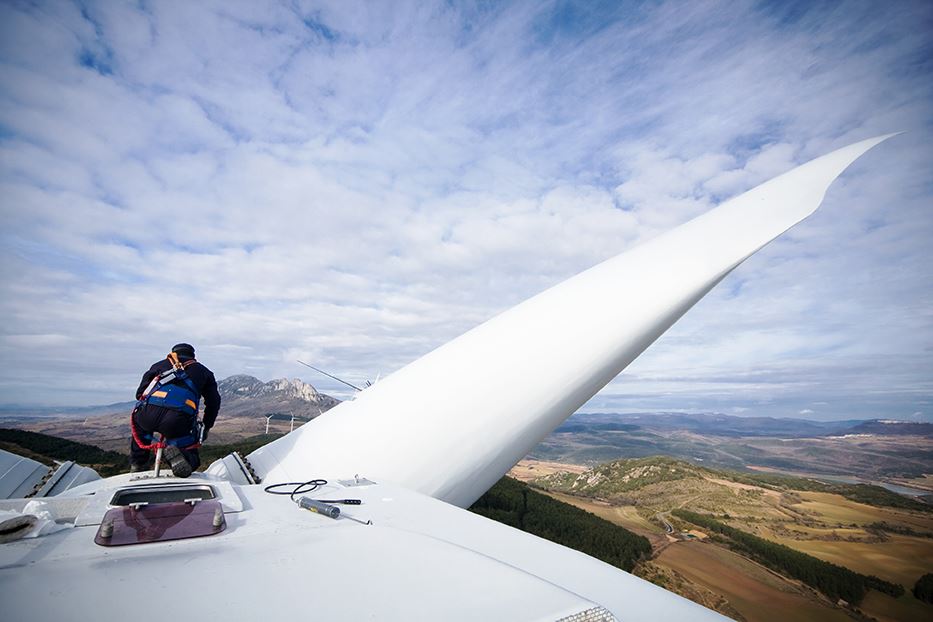
World-leading renewables developers in Ireland
World-leading renewables developers including Ørsted, Statkraft, and Aker Horizons have a significant presence in Ireland. In 2023, ESB, the state’s electricity provider, entered into a 50/50 partnership with the Danish energy company Ørsted to develop a pipeline of offshore wind development projects off the Irish coast along with renewable hydrogen projects. The companies say the collaboration has the potential to generate up to 5 gigawatts (GW) of renewable energy.
Ørsted already operates 19 wind farms in Ireland, backed by a €700 million investment in Ireland between 2021 and 2023, and is “actively exploring the huge potential” of the Irish offshore energy market. Ireland’s Minister for Enterprise, Simon Coveney, called the partnership “a strong vote of confidence in Ireland’s sustainable future and an important milestone in building a new, indigenous energy system”.
The Norwegian energy group Statkraft, Europe’s largest generator of renewable energy, is planning to generate 3GW of clean energy in Ireland by 2030. In 2018, it acquired the Irish and UK wind development businesses of Element Power Group. Since then, it has invested close to €450 million in Ireland. In 2018, it opened its first office in Cork in the south of the country, having acquired a portfolio of Irish wind assets from the London firm TRIG Group. Today the company employs close to 140 people in Cork and Tullamore.
In 2021, Aker Horizons acquired the Irish energy company Mainstream Renewable Power, creating a renewable energy company with a 20 GW portfolio including solar, and onshore and offshore wind projects. The deal valued Mainstream at €1 billion. The Irish arm has several offshore wind projects at an early development stage around Ireland.
As part of the deal, Aker also acquired a 50% stake in SuperNode, a company developing new superconducting technology that can transfer renewable energy at lower cost, with reduced energy loss, and leaving a smaller carbon footprint.
Founded by the late Dr Eddie O’Connor, who also set up Mainstream Renewable, SuperNode is investing more than €40 million in a new research initiative involving the use of liquid nitrogen to cool cables to cryogenic temperatures, creating a state of superconductivity. The company says this enables up to five times more power, at lower voltage levels, than traditional energy transmission cables. SuperNode expects the technology will be ready for the market by 2030.
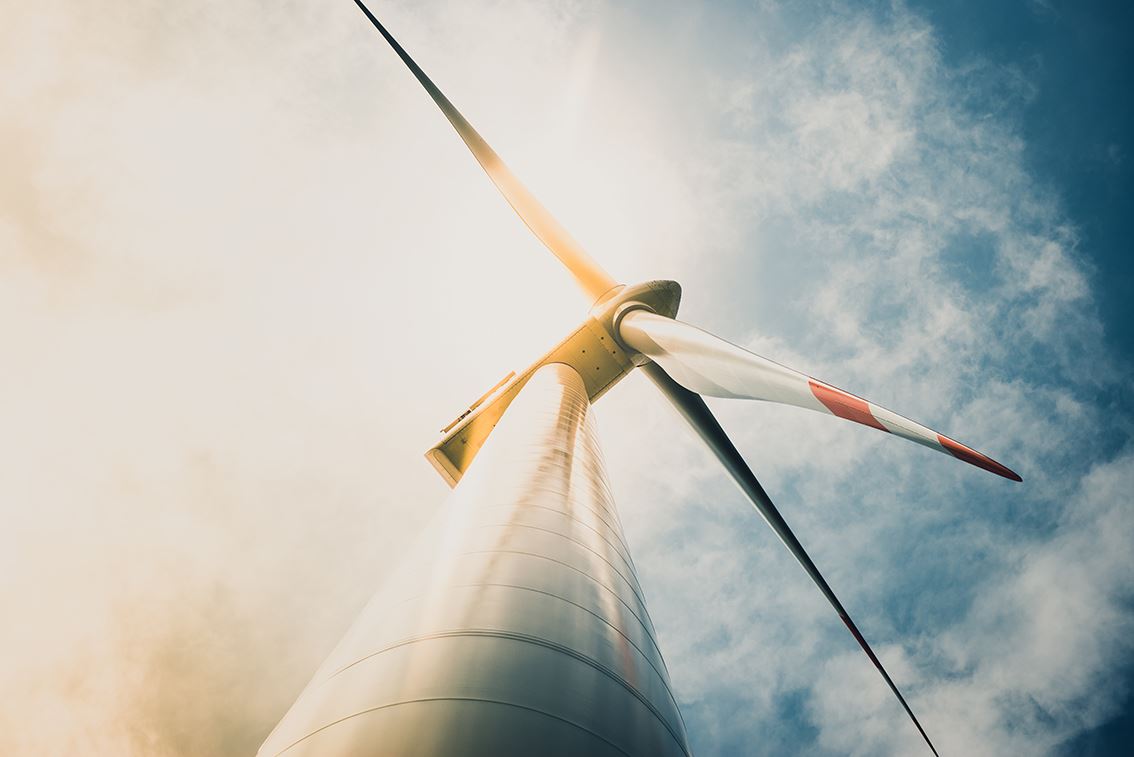
Embedding Ireland’s green goals into legislation
Uniquely as a country, Ireland has locked its sustainability goals and objectives for carbon emissions into legislation, which means that the state is legally compelled to meet those targets. Its ambitious Climate Action Plan 2024 targets 80% of Ireland’s electricity to come from renewable sources by the end of the decade, including at least 5GW of offshore wind, 9GW of onshore wind, and 8GW of solar capacity.
This activity in Ireland is happening against a backdrop of increasing investment in offshore wind. Total spending across Europe in this area is expected to reach €300bn by 2030 as investment ramps up, particularly towards the end of the decade.In March 2024, the Government published its National Industrial Strategy for Offshore Wind, detailing how all national stakeholders will work together to build and support the growth and development of the sector.
In a recently published outlook on the sector, WindEurope forecast that the EU will install an average of 29GW in wind capacity each year to 2030, increasing installed capacity to 393 GW. This is close to the 33GW per year that needs to come on stream to meet EU climate targets. A more favourable investment climate, together with improved procedures for granting permits, will help the bloc meet its targets.
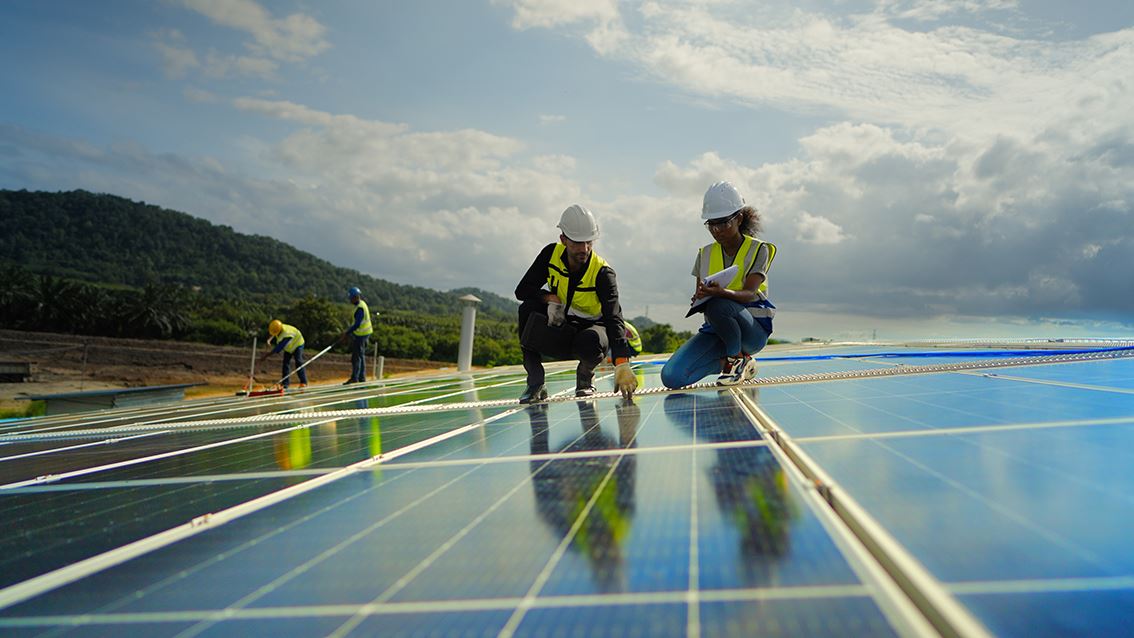
Opportunities in offshore wind for industry
With the global offshore wind sector at an early stage of development, there are significant opportunities for industry and investors to grow and build new products and new services from the turbines we see in the water right through to the energy management technologies and systems we use to power our businesses or electric cars.
With a backdrop of some of the world's biggest brand names in technology, manufacturing and services, the depth of skills and resources across industry and throughout the country is substantial.Ireland, with 20 years experience installing renewable solutions across the country is in a really strong position to grow, scale and deliver on offshore development.
The world’s largest offshore wind park, GE’s Dogger Bank facility, is being installed by an Irish contractor, Eastgate Engineering which has its headquarters in Waterford. In addition, there is a well-established maritime industry with the potential for skills transfer to the offshore wind sector. Maintaining assets like an offshore wind farm presents challenges by virtue of their location, so to operate effectively, providers will need to develop software and firmware that can allow maintenance to happen remotely since the turbines will be surrounded by the sea.
IDA Ireland officials point out the parallels with the work that Irish companies are providing in the research and delivery of advanced manufacturing, artificial intelligence and life sciences solutions for high-value, sophisticated, regulated products, all in highly regulated environments. The depth of engineering and software engineering talent makes it happen: Ireland has the second highest rate of engineering graduates in the EU per capita and participation across 4th level education is supported by Science Foundation Ireland, the Government agency which has established 14 dedicated industry research centres to support next-generation industry growth.
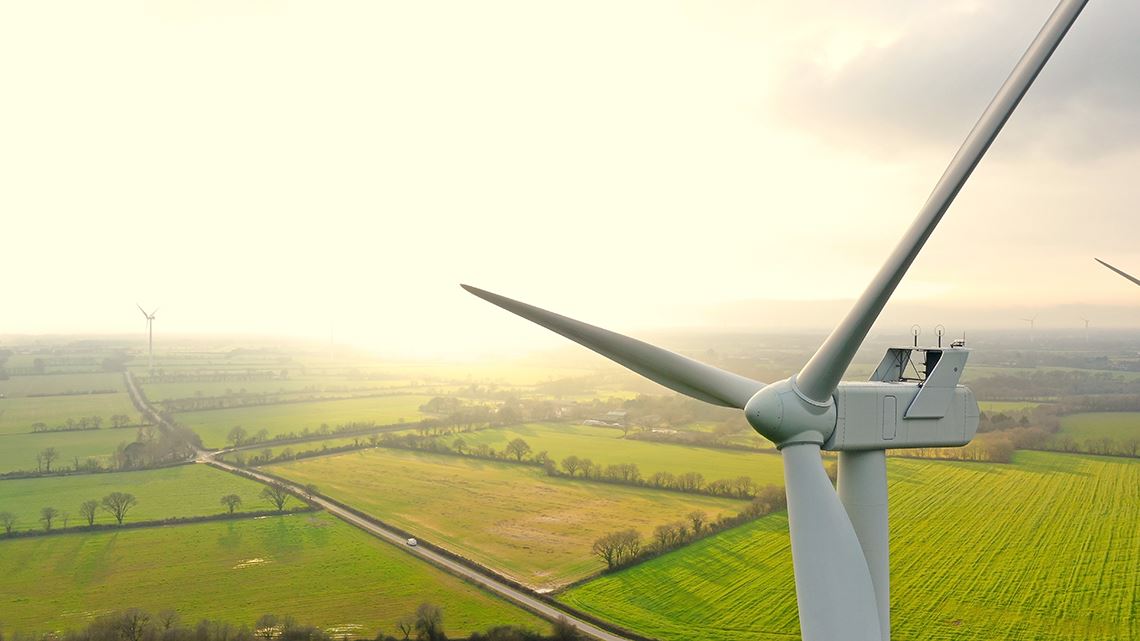
Support for new green investments into Ireland
Since 2021, IDA Ireland has supported 50 investments from companies across the green economy and sustainability agenda. With companies undertaking everything from superconducting undersea cabling solutions, new anchoring technologies for turbines, to design and development of AI systems to distribute and price renewable energy on the grid on a per-minute basis.
Danish company Vestas, the world’s largest wind turbine manufacturer, has been in Ireland for more than 30 years. It employs 112 people in Ireland, operating from Dublin with service hubs in various counties. Corio Generation, a specialist in offshore wind and a portfolio company of Macquarie Asset Management, is developing the Sceirde Rocks offshore wind farm off the Connemara coast in the west of Ireland.Over recent years, and sometimes longer, Ireland has welcomed other notable foreign direct investments in green technology.
RWE Renewables, the German-backed utility, is actively developing new wind energy technologies from sites in Kilkenny and Dublin, and has recently begun testing a new type of airborne wind energy with its partner, Kitepower.
Siemens Energy provides sustainable energy systems for large energy users and its Irish operation employs close to 100 people. Scottish-headquartered SSE develops, owns and operates low-carbon infrastructure including onshore and offshore wind as well as hydro power. It employs more than 900 people in Ireland. Swiss-headquartered and globally focused, Hitachi Energy serves customers in the utility, industry and infrastructure sectors. It employs 55 people in Dublin and Waterford.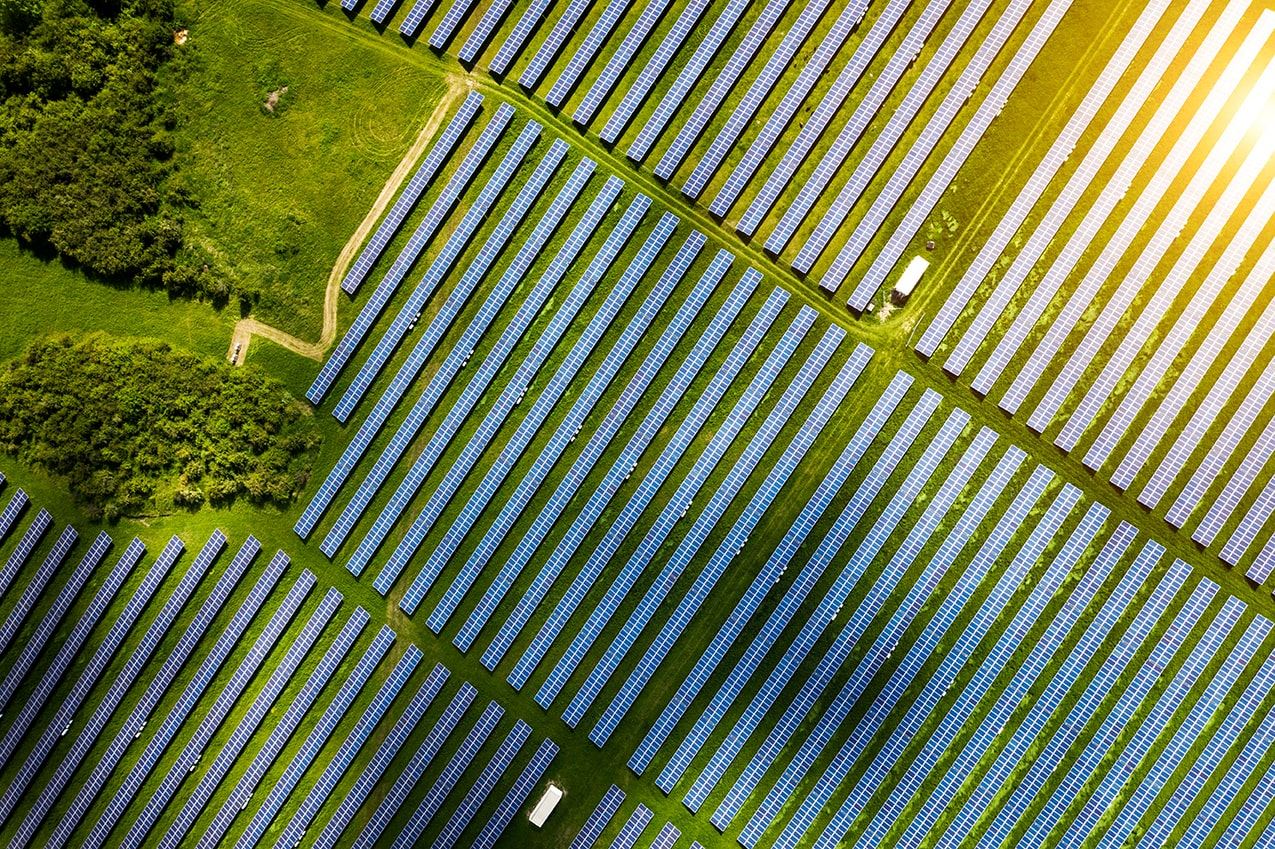
Expanding the renewable energy supply chain
Some of the international companies focus on serving the renewables industry with essential products and services. US company SkySpecs uses drone technology and data analytics to inspect and check the performance of wind turbines. Powerverse, owned by Lightsource BP is a smart energy management company whose Limerick operation specialises in embedded software and cloud infrastructure. Venterra Group, through its subsidiary Gavin & Doherty Geosolutions, provides engineering services for offshore wind developers, with a team of close to 150 people in Dublin and Cork.Sustainability activity goes beyond providers that are dedicated to renewable energy. Sectors like life sciences have highly ambitious targets to reduce their emissions by 2030, and IDA Ireland is supporting those companies with capital grants to incentivise their investment in new technologies.
Onshore wind is a major contributor to current decarbonising levels, with more than 300 wind farms generating close to 4.8GW of clean energy. This puts Ireland third in the world for installed wind power capacity per capita. The Irish Government is also supporting both grid-scale renewable electricity generators, and at the other end of the scale, has support schemes for non-grid scale projects. The latter will incentivise micro-generation of electricity from 60,000 homes and 9,000 sites such as farms and small businesses.At a national level, Ireland is also exploring other ways to decarbonise.
One innovative project includes the country’s first large-scale district heating system which uses excess heat at no cost from a nearby Amazon Web Services data centre. The Tallaght District Heating Network was built for €8 million and is managed by Heatworks, a publicly-owned, not-for-profit energy company – an initiative led by South Dublin County Council with help from its energy agency, Codema.
The system will take more than 1,500 tonnes of carbon emissions per year out of the surrounding area. It supplies low-carbon heat to South Dublin County Council (SDCC) headquarters, the local library and Technology University Dublin’s Tallaght campus. By 2025, 133 affordable apartments will also be serviced by this heat source.
Wind will continue to play a starring role in Ireland’s sustainability journey. In 2023, it accounted for 84.7% of renewable generation in 2023 and 39% of total electricity generated, according to the latest figures from the Sustainable Energy Authority of Ireland. And in December, optimum wind conditions meant that 55% of all electricity generated in Ireland came from wind.
Most encouraging was that renewable energy generation in 2023 was up by 7.4% over 2022.
Whichever way you look in Ireland, the future is green.
